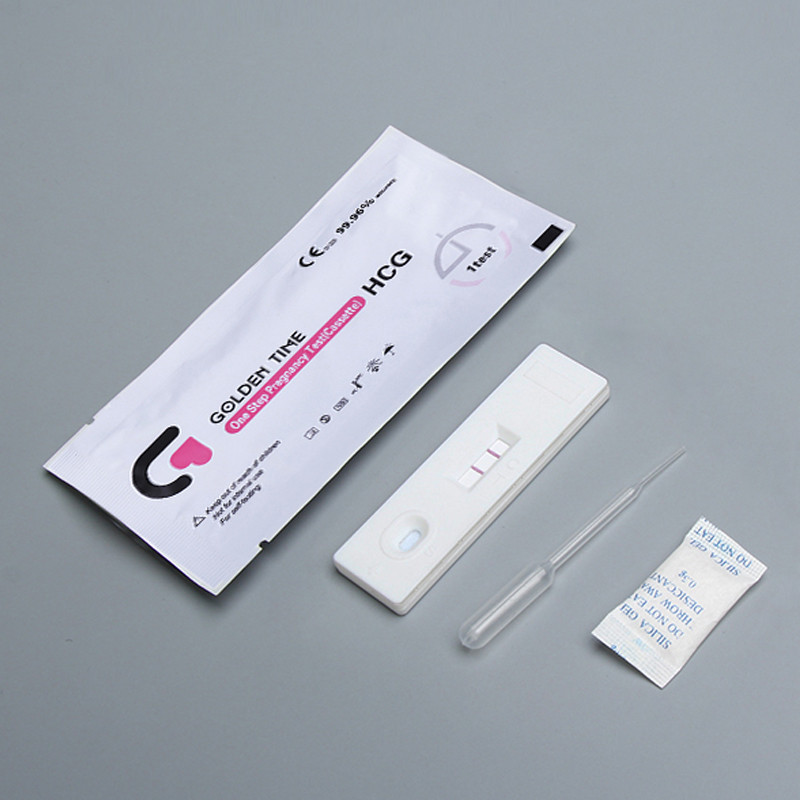ធ្នូ . 13, 2024 01:58 Back to list
best diagnostic test for h pylori
The Best Diagnostic Test for H. pylori An Overview
Helicobacter pylori (H. pylori) is a Gram-negative bacterium that colonizes the stomach lining and is known to be the primary cause of various gastrointestinal disorders, including gastritis, peptic ulcers, and even gastric cancer. Accurate diagnosis of H. pylori infection is critical for initiating appropriate treatment and preventing potential complications. With several diagnostic methods available, understanding the best test for H. pylori is essential for healthcare professionals and patients alike.
Diagnostic Methods
The available diagnostic tests for H. pylori can be broadly categorized into invasive and non-invasive methods.
1. Invasive Tests - Endoscopy with Biopsy This method involves inserting an endoscope into the gastrointestinal tract to obtain gastric mucosa samples. Biopsy specimens can be tested for the presence of H. pylori through histological examination, rapid urease tests, or culture. While this test is considered highly accurate, it is invasive and typically reserved for patients with severe symptoms or complications.
best diagnostic test for h pylori

2. Non-Invasive Tests - Urea Breath Test (UBT) This test is based on the ability of H. pylori to produce urease, which converts urea into ammonia and carbon dioxide. Patients ingest a urea solution labeled with a non-radioactive carbon isotope. If H. pylori is present, the urease activity leads to the release of labeled carbon dioxide, which can be detected in the patient's breath. UBT is highly sensitive and specific, making it a popular choice for initial diagnosis and post-treatment verification. - Serology (Blood Test) Serological tests detect antibodies against H. pylori in the blood. While these tests are easy to perform and provide rapid results, they may not differentiate between current and past infections, which can lead to misleading results. Consequently, serology is typically not recommended for confirming active infections but may be useful in epidemiological studies. - Stool Antigen Test This test detects H. pylori antigens in stool samples. It has shown good sensitivity and specificity and is useful for initial diagnosis and monitoring treatment response. Like the UBT, it is non-invasive and can be performed in an outpatient setting.
Recommendations
The choice of the best diagnostic test for H. pylori often depends on the clinical scenario, available resources, and patient preferences. For initial diagnosis, the UBT and stool antigen tests are frequently preferred due to their non-invasive nature and accurate results. In specific cases where more comprehensive evaluation is needed, especially in patients with alarm symptoms or a history of complications, an endoscopic approach with biopsy may be warranted despite its invasive nature.
Conclusion
In summary, while several diagnostic tests are available for H. pylori, the urea breath test and stool antigen tests stand out for their combination of non-invasiveness, accuracy, and ease of use. Understanding the strengths and limitations of each diagnostic method is crucial for effective management of H. pylori infections. With the right diagnostic tools, healthcare providers can ensure timely and appropriate treatment, ultimately improving patient outcomes and reducing the risk of severe gastrointestinal diseases associated with H. pylori.
-
Dengue NS1 Rapid Diagnostic Test Kit
NewsMar.07,2025
-
Dengue NS1 Rapid Diagnostic Test Kit
NewsMar.07,2025
-
Dengue NS1 Rapid Diagnostic Test Kit
NewsMar.07,2025
-
Transferrin Rapid Test Cassette Tumor Marker TF Card
NewsMar.07,2025
-
Malaria Pf Pan Rapid Diagnostic Test Kit
NewsMar.07,2025
-
malaria pf / pan ag rapid test
NewsMar.07,2025

